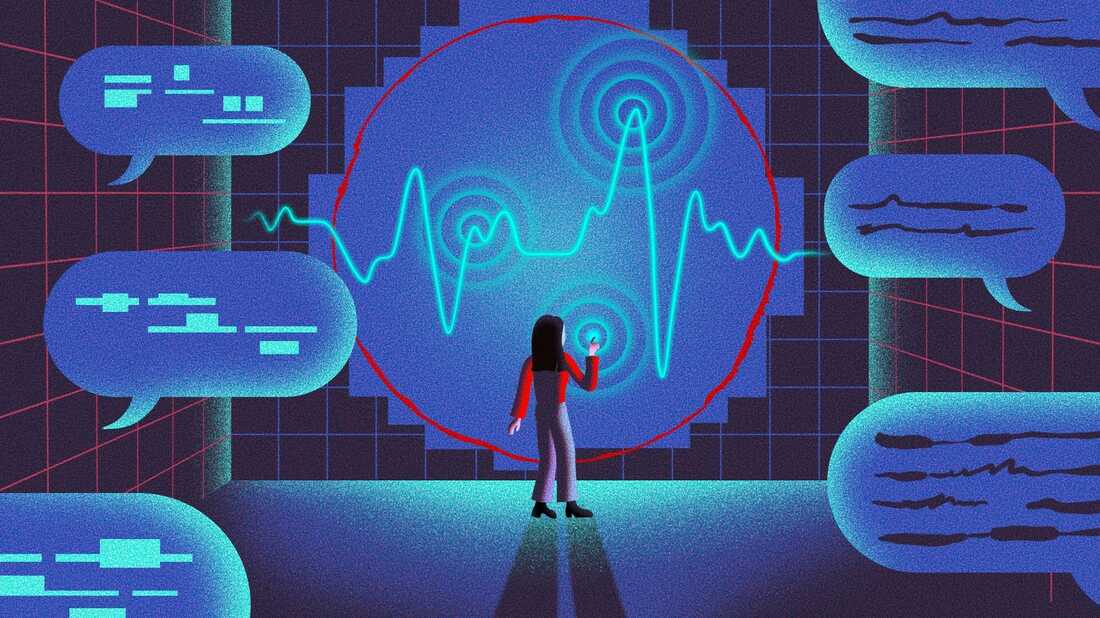Mental health is an issue that affects every one of us, yet many individuals don’t have access to the services they need. This article examines a unique approach to providing mental health services: long-distance group sessions. By breaking down traditional barriers, this method has the potential to significantly improve access and provide care for those in need.
Here we will look at the benefits of this innovative solution, as well as how it is being implemented across different settings. With increased awareness and understanding of its effectiveness, long-distance group sessions could be a key factor in improving mental health outcomes for all.
The Benefits of Long-Distance Group Sessions

The Benefits of Long-Distance Group Sessions In todays digital world, long-distance group sessions are becoming increasingly popular as a way to improve access to mental health services.
Offering the ability for multiple individuals in different locations to connect and support one another, these sessions can provide many benefits when it comes to overcoming barriers that may prevent someone from seeking out professional help. Here are just some of the advantages that long-distance group sessions have to offer:
- Cost Savings – By participating in online group therapy sessions instead of traditional face-to-face meetings, costs associated with travel or childcare expenses can be avoided altogether. This makes accessing quality mental health care more feasible for those who might not otherwise be able to afford it.
- Accessibility – The convenience of meeting virtually removes physical constraints and allows participants from all over the world to join without having to leave their homes or workplaces. This means that individuals living in rural areas or other parts of the country can still benefit from receiving treatment through a virtual session.
- Improved Communication – Being able to communicate with others remotely encourages a deeper level of engagement between members due to its interactive nature which is often lacking during typical one-on-one appointments. In addition, because there is less pressure on each participant who may feel overwhelmed by trying to speak up among numerous people all at once, this offers a greater opportunity for meaningful dialogue within the group setting compared with an in-person appointment.
- Increased Support – With everyone being connected via video technology such as Skype or Google Hangouts, members will be better equipped emotionally and mentally while getting feedback and advice from fellow peers facing similar issues along with guidance from experienced professionals leading the sessions
Challenges to Accessing Mental Health Services

The lack of access to mental health services can be a huge challenge for many individuals. For those living in rural areas, this barrier is even more pronounced. Long-distance group sessions have emerged as an effective and cost-efficient way to overcome these geographical constraints.
However, there are still various challenges that must be addressed before long-distance group sessions can become widespread and successful in providing access to mental health services. One such challenge is the lack of privacy associated with participating in a large group session online or over the phone.
Participants may feel uncomfortable sharing personal information in front of other people they don’t know, or their confidentiality might not be guaranteed if the session is recorded or monitored by others outside the group.
Additionally, there may be technical difficulties that arise due to poor internet connections or hardware malfunctions which can impede progress during virtual meetings and decrease engagement levels among participants.
Another major hurdle when it comes to accessing remote mental health services is finding qualified professionals who can provide quality care over long distances. Since most therapists receive their training within their regions and cultures, it can be difficult for them to understand certain cultural nuances from different parts of the world without having lived there themselves – making it challenging for them to offer any meaningful advice on issues related specifically within that context.
Furthermore, time zone differences between practitioners and patients might also present scheduling conflicts which could prevent timely interventions from taking place when needed most urgently.
Breaking Down Barriers with Technology

As technology advances, so does its potential to break down barriers and improve access to mental health services. Technology has created a pathway for people who live far apart from one another to connect with long-distance group sessions to receive the help they need. Through video chat platforms like Skype or Zoom, the distance between members of a therapy session is no longer an issue.
These virtual meetings allow individuals living in different states or countries to share their stories, find comfort in knowing that others are experiencing similar issues, and work together towards solutions without being limited by geography.
Technology also allows mental health professionals more flexibility when it comes to scheduling appointments as well as providing support outside of regular office hours.
This can be especially beneficial for those who may have difficulty fitting traditional appointments into their daily lives due to travel restrictions, job commitments, childcare needs, or other responsibilities.
Online platforms make it possible for healthcare providers and patients alike to participate at any time from wherever they may be located – further reducing barriers related to accessibility and availability of care.
Finally, technology provides many ways for people seeking treatment options not only to get the necessary assistance but also to stay connected even after the initial meeting has ended.

